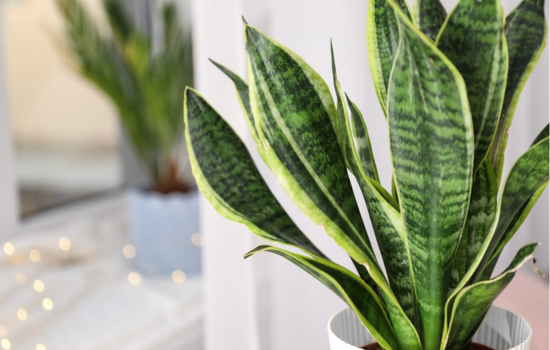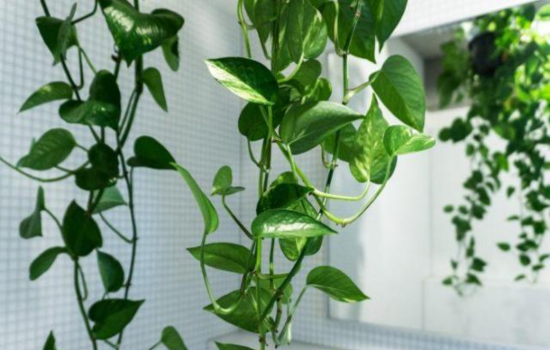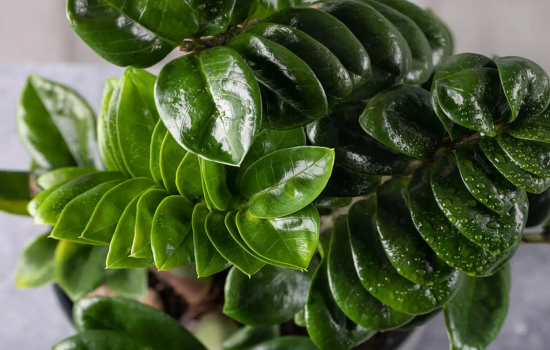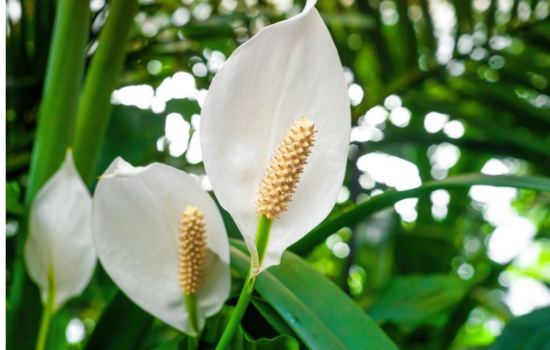If you’ve made it here, chances are you’ve heard that some plants purify the air.
And yes, this topic got super popular, especially after that famous NASA study started popping up everywhere online.
But do plants really clean the air inside your house? Or is it just another “nice-sounding myth” we keep repeating without really knowing?
I’ve tested this in my own home. I’ve had lots of different plants, talked to people who actually study this stuff, and today I can tell you one thing with confidence: yes, some of it is true — but there’s also a fair bit of hype.
So here, in the most real and honest way possible, I’m going to break down everything I’ve learned about air-purifying plants: myths and truths. I’ll show you which ones actually make a difference and which are just there to look cute.
Sit tight, because this is hands-on knowledge, not theory. I’ll help you build a green space that’s not just beautiful but also better for the air you breathe.
First off: what does “purifying the air” actually mean?
Let’s clear this up: plants aren’t magic.
When people talk about air purification, they mean reducing the amount of certain harmful substances in the air. We’re talking about common indoor toxins like:
- Formaldehyde (in furniture, synthetic fabrics, and carpets)
- Benzene (in paints, smoke, and some plastics)
- Ammonia (from cleaning products)
- Trichloroethylene (in adhesives, paints, and solvents)
- Xylene and toluene (found in varnishes and some glues)
Some plants can absorb these substances through their leaves and roots, and the microorganisms in the soil help too.
So yes, plants help — but they’re not miracle machines. They’re part of a clean-air solution, not the whole answer.
Myth #1: Any plant purifies the air
Nope. This is one of the most common misunderstandings.
Just because a plant is green and leafy doesn’t mean it can actively purify air. Some plants are mostly decorative — and that’s fine! But if your goal is to filter toxins, you’ve got to be selective.
Truth #1: Some plants are proven air purifiers
I’ve had dozens of plants in my house, and these are the ones that truly made a difference in the air and humidity levels:
1. Snake Plant (Sansevieria)
A total classic. Tough as nails. Absorbs formaldehyde, benzene, and even carbon monoxide. Works wonders in bedrooms.

2. Pothos (Devil’s Ivy)
Trailing and elegant. Known to absorb formaldehyde and benzene. Also helps regulate humidity.

3. ZZ Plant (Zamioculca)
Almost impossible to kill. It helps clean the air and looks amazing on office desks or low-light corners.

4. Peace Lily
Blooms beautifully and filters ammonia and benzene. Just be careful with pets — it’s toxic if ingested.

5. Spider Plant (Chlorophytum)
Fast-growing and beginner-friendly. Removes formaldehyde and carbon monoxide. Perfect for kitchens or bathrooms.

6. Lady Palm (Rhapis excelsa)
Adds a tropical vibe and helps humidify dry indoor air while removing toxins like ammonia.

7. Anthurium
Bright, decorative, and works against toluene and formaldehyde. Prefers bright indirect light and steady watering.

Myth #2: One plant is enough to clean the ai
If only! In reality, you’d need a bunch of plants to make a measurable difference in the air quality.
NASA’s study suggested at least 5 to 10 medium-sized plants per 100 square meters.
So yeah, if you’re serious about it, think more like “indoor jungle” and less like “one pot on the shelf”.
Truth #2: The soil and roots help too
This one doesn’t get enough attention.
It’s not just the leaves that do the job — the roots and microorganisms in the soil also absorb and break down airborne toxins.
That’s why it’s important to keep your soil healthy, alive, and well-drained. Adding organic compost occasionally helps too.
Myth #3: Plants replace electric air purifier
Nope. They’re great allies — not replacements.
A plant won’t circulate and filter air like a HEPA purifier does. But it will add natural humidity, filter out some toxins, and boost your well-being.
So the best combo? Use both — plants for natural support and purifiers for heavy lifting.
Truth #3: Plants improve mood and reduce stress
Here’s where science and personal experience agree.
Plants don’t just clean air — they make us feel better. Studies show they reduce anxiety, help with focus, and even improve sleep.
I’ve noticed this personally. When I added snake plants and peace lilies to my bedroom, I started sleeping more deeply and waking up feeling clearer.
Where to place your air-purifying plants (by room)
Some plants thrive better in certain areas of the home. Here’s what works well for me:
Bedroom:
- Snake plant
- Peace lily
- ZZ plant
Living room:
- Lady palm
- Pothos
- Anthurium
Bathroom:
- Spider plant
- Peace lily
- Fern (helps with moisture)
Kitchen:
- Pothos
- Spider plant
- Herbs like basil (not purifying, but refreshing)
Home office:
- ZZ plant
- Snake plant
- Bamboo palm (if there’s good light)
Try not to crowd everything in one spot. Distribute the plants around to maximize the effect and keep the air moving.
Bonus tips to boost their air-purifying power
Want to get the most out of your green team? Follow these extra steps:
- Dust the leaves regularly. Dirty leaves can’t absorb as well.
- Rotate the pots weekly so each side gets light evenly.
- Don’t overwater. Roots need oxygen too.
- Use natural fertilizers to keep the soil rich.
- Prune dead or yellowing leaves to keep energy flowing.
- Choose a mix of tall, leafy, and trailing plants for best coverage.
Let’s recap: Air-purifying plants — myths and truths
Just to lock it all in:
- Not all plants purify the air
- Some, like snake plant and peace lily, really do help
- One plant alone won’t fix your air
- Soil and roots play a big role too
- Plants don’t replace air purifiers, they complement them
- They absolutely improve your mood and reduce stress
Now that you know the truth about air-purifying plants: myths and truths, you can build a green space that works for both your health and your happiness.
And hey — if you want a cute graphic or checklist to save or print, just let me know. I can whip one up for you real quick.
